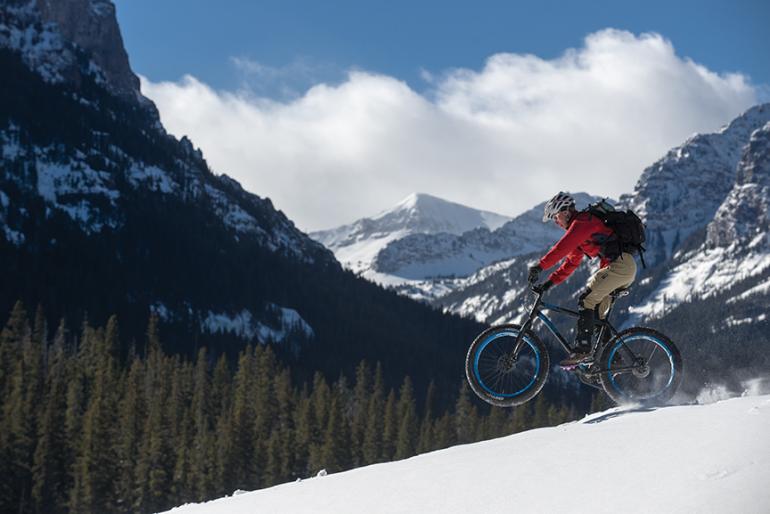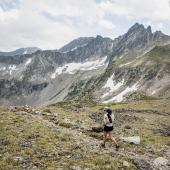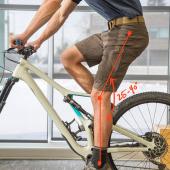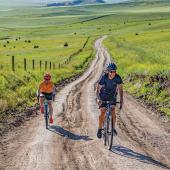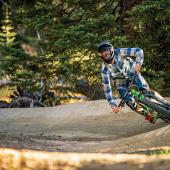Big Fat Tire
What happens when you mix a mountain bike, a monster truck, Barry White music, and a box of blush wine? You can find the answer rolling through downtown, at your favorite trailhead, or passing you at a local bike race. Over the last few years, fatbiking has rolled from the arctic fringe right to the bleeding edge of the mountain-biking scene. Sporting extra-large donuts twice the width of a normal tire, fat bikes might never match the break-neck speeds of carbon-fiber enduro rigs (yet), but when it comes to questionable terrain—snow, sand, surf, mud, loose dirt—they’ll float through without even slowing down. Demand for these alternative rides seems almost limitless, and bike shops around the country are stocking their fatbikes front and center—2014 will be the year of the fatbike.
Like most things, fatbikes were born of necessity. A small contingent of racers competing in 100+-mile events in Alaska needed bikes capable of floating over packed powder without slicing through and stopping them dead. After welding two bike rims together and Frankensteining a suitable frame around their creation, the first fatbike riders hit the trail—and ended up at the top of podiums for years to come. While a small company in Anchorage might have lit the fatbike torch, Surly was the first to truly run with it; after two years of tinkering, the previously small bike company released the Puglsey in 2005. The production numbers started low but have grown exponentially in recent years. According to Gary Sjoquist, advocacy director for Quality Bicycle Products, there were around 5,000 fat bikes produced by Surly and Salsa from 2005 to 2012. And in 2013 alone, that number doubled to 10,000.
Without real mountains to play in when the snow falls, the Midwest was the first region to embrace the racing, recreating, and commuting potential of the fatbike. Since Montana has much more exciting topography, the trend has taken longer—around Bozeman, the scene is small but steadily growing. “People love them. They’re a perfect shoulder-season option,” says Alex Worthington, a mechanic for Bangtail Bikes. “I wish I had one.” At the start of winter fatbiking season, his store had a Salsa Mukluk sitting in the front window: over $1,850 of jet-black fatbiking beauty guaranteed to entice.
“I’ve seen tons of fatbike tracks on trails around town,” says Brad Deats, a mechanic at Gear Wizard (formerly Bike Peddler). He says their company has ordered a number of fatbikes, but the countrywide demand is straining production. Now that the initial fatbiking torch has burst into a veritable forest fire, Trek, Specialized, and Kona debuting their own models, aiming to meet the voracious need of fatbike enthusiasts.
So if you’re tired of groomers and lift lines this winter, track down a fatbike and get to your favorite trailhead. Odds are, you’ll discover the biking season around southwest Montana is actually 12 months long.


